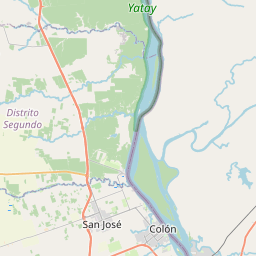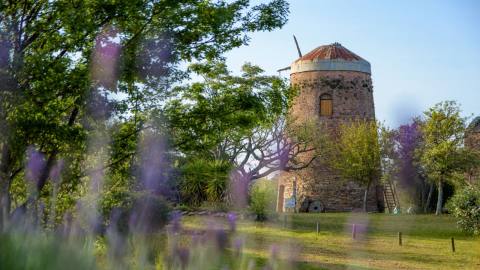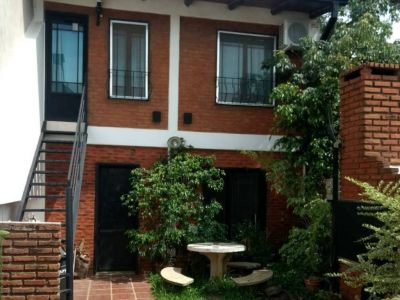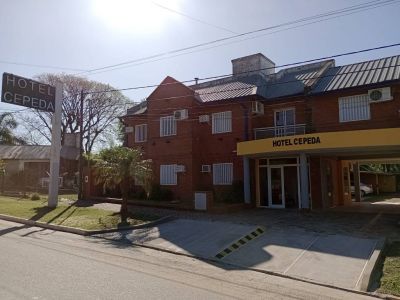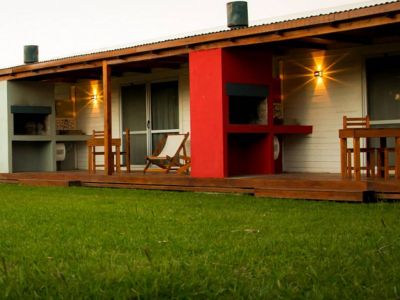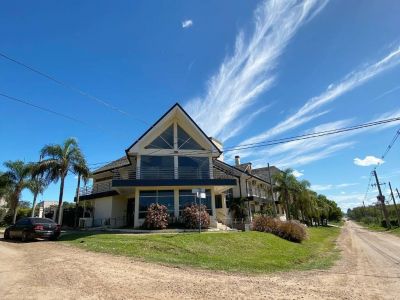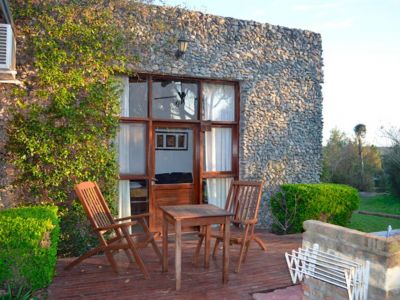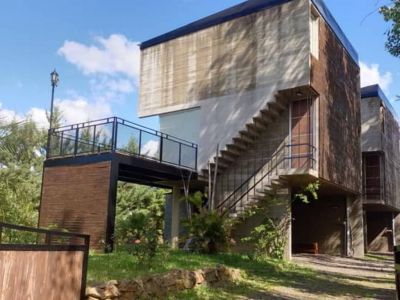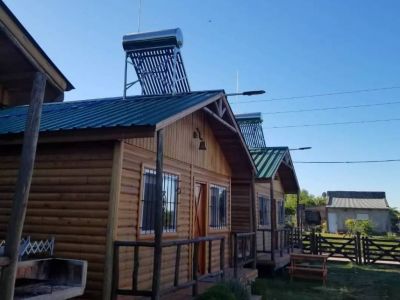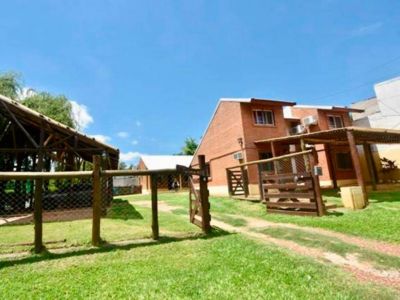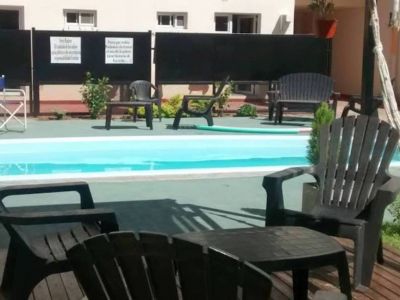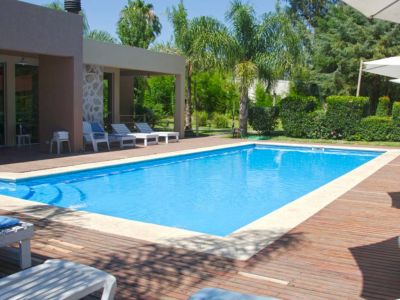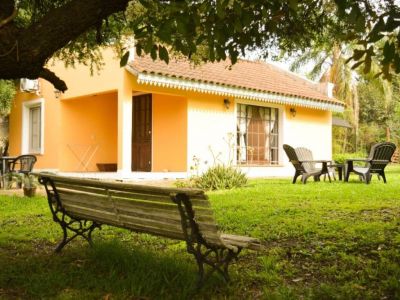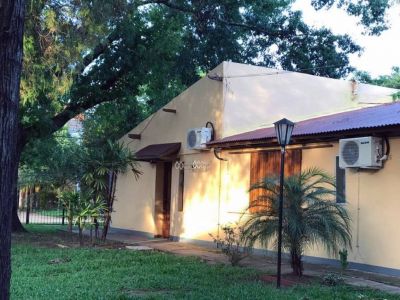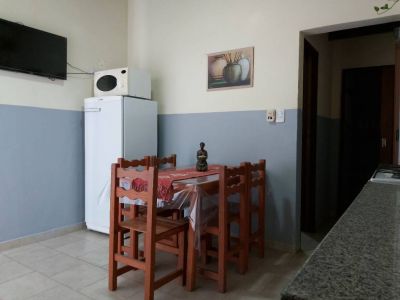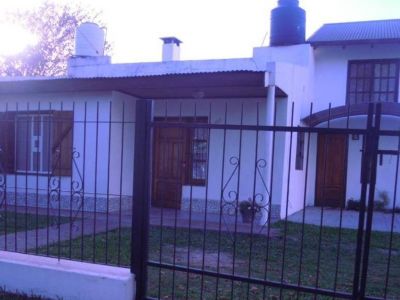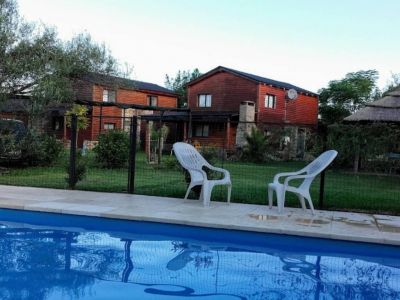Ecotourism in Colón
In the City of Colón, visitors may disembark on an unspoiled island and walk through it, arrive in another island where the trees are the first colonists and, finally, end up in the rainforest.
The idea is already over 12 years old and it emerged from a group of adventurers, especially, lovers of nature, flora and fauna. Charly was expecting us on an old military truck, one of those used in Vietnam, which disembarked on our shores by pure chance. A tourist couple had joined us. The Caraballo Banks are formations of large sandhills in the middle of the beautiful Uruguay River. Much More Than Unspoiled Sandhills I had spotted them from the air and the feeling they produced was really unique. They are figures acquiring shapes and textures few times seen by the human eye.
Therefore, as soon as I heard that it was possible to visit that place, I did not hesitate for a moment. The truck took us to the old local port, where a semirigid boat was expecting us to set sail towards these amazing sandhills. We bordered the Queguay Grande Island, which lies opposite the City of Colón, and in a question of minutes we could already appreciate the white sandy vastness that showed a very unusual quietness in the river. With hundreds of birds hanging about on the river bank and the matchless view of the Caraballo Creek, we began to walk up the sandhills. That was where the lesson began. Pablo, who had acted as our guide, began to dazzle us with his knowledge of nature. The names of the trees, the birds and the islands followed one another in a harmonic fashion, without overwhelming the members of the expedition. On the contrary, they were totally delighted. Thus, we got to understand how an island was formed. The sandhills are nothing but the sediments the Uruguay River drags from its source in the North. They have been colonized by some trees (the first ones are always the willows) until they became multiplied and turned into a kind of corridor rainforest, our next destination. Getting Deep into the Jungle Golden-breasted woodpecker, black-crowned night-heron, kingfisher, neotropic cormorant, South American stilt, collared plover, scythebill, hawk, cocoi heron and many more sounds and melodies invaded the air space as we approached the shore. The only remains from what used to be a sandhill were a sandy shore. Everything is green now, from the fairest shades to the most intense and darkest tones. And the oxygen we were breathing was so pure that at times it seemed to be too much for us. From time to time, we would stop walking and only devote ourselves to listening to nature and its protagonists. And thus, ducking whenever the situation demanded it, we began to get deep into a beautiful rainforest in the shape of a corridor, which is nothing but the continuation of the rainforest system that begins in Misiones and whose vestiges are dragged downstream by the Uruguay River. It was only a matter of seconds until, amidst the bushes, the lianas and the hundreds of ferns around us, we came to a small lagoon formed by rainwater, where a small river otter turned into the model of every photograph. We were not lucky enough as to watch any capybara, tortoise or elusive wild cat. But, according to Pablo, they frequently turn up suddenly surprising visitors. And so we left the rainforest, feeling like staying a little longer. But the sun had already set and the night began to turn on the lights in this wonderful city called Colón, which has a unique river that for thousands of years has kept these treasures unspoiled.
Pablo Etchevers
Pablo Etchevers
Contact of the excursion or tour
Ita I Cora
San Martín 97, Colón, Entre Ríos, Agentina
Phone: +54 3447-414816
Cell phone: +54 3447-414816




